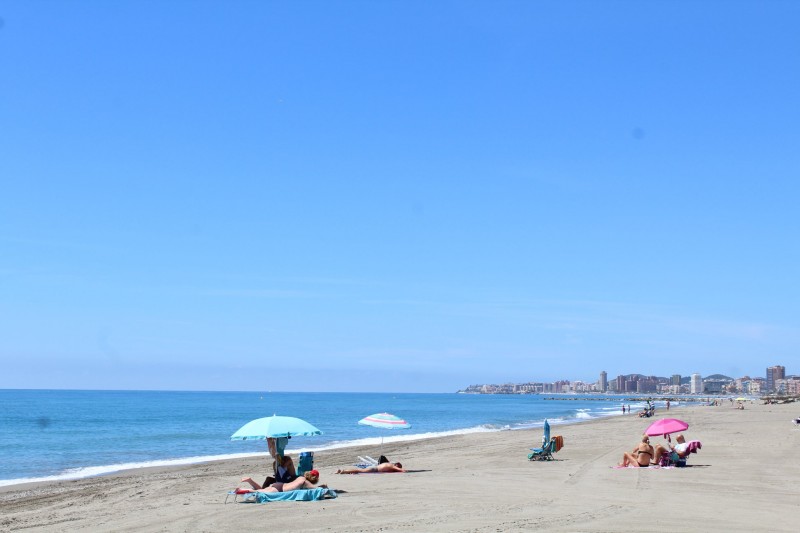ARCHIVED - Spain in for a scorcher of a summer, experts say
All of mainland Spain and the Balearics can expect temperatures around 0.5 degrees higher than usual this summer, the Aemet state weather agency has forecast.

The summer season, which officially starts at 5.32 am on Monday, 21 June, is likely to be a particularly hot one everywhere in Spain, especially in the southernmost areas, and as dry as usual.
An Aemet (Spanish state weather agency) spokesman has given the forecast for the next three months and explained that temperatures will probably be around half a degree higher than usual.
The forecast is in line with the trend of the summer of 2020, which registered higher than normal temperatures for the sixth year in a row according to Aemet data. Records also show that nine of the ten hottest summers since 1965 have been since the turn of the century.
As usual, the summer is likely to be dry, the agency spokesman said, with slightly less rain than usual expected in the north-eastern part of the country.
Heatwaves can be expected, the Aemet expert said, as the average number of summer days under heatwave conditions has doubled over the last ten years. While unable to forecast exactly how many heatwaves there might be, he said around 14 particularly hot days would be considered normal.
Looking back at the spring months, the weatherman said that average temperatures had been slightly warmer than usual but the weather had varied widely from one region to another. It was particularly dry though, with rainfall on the mainland averaging 114.5 litres per square metre, 67 per cent of the normal total amount for March, April and May. In fact, it was the fourth driest spring since 1961 and the second driest this century.
Interestingly, it has been unusually sunny in much of Spain this spring, but cloudier than usual along the Mediterranean coast which meant that A Coruña and Pontevedra in Galicia registered more hours of sunlight than Castellón and Valencia, normally amongst the sunniest places in Europe.
Last week the World Wildlife Fund published a report to mark World Oceans Day, in which it demonstrated that the Mediterranean Sea is the fastest-warming sea in the world, increasing its temperature at a rate 20 per cent quicker than the global average as a result of climate change.
Moreover, the higher sea temperatures combined with intense traffic in the Suez Canal and Straits of Gibraltar are attracting new species from warmer climes, with an estimated 1,000 or more invasive species in Mediterranean waters reducing populations of native species such as shellfish and crustaceans.
The stronger, more frequent storms caused by climate change are also affecting vitally important marine habitats and ecosystems, with amounts of Neptune grass, coral and phytoplankton severely affected.
That in turn could cause a further worsening of climatic conditions as Neptune grass (or Posidonia Oceanica) absorbs between 11 and 42 per cent of the carbon dioxide emissions produced by Mediterranean countries.
Jellyfish, meanwhile, are invading the sea due to the increase in water temperatures, contamination and the progressive disappearance of predators due to overfishing.
WWF Spain has stressed that the best way to protect and conserve marine ecosystems in the face of climate change is to maintain healthy, balanced ecosystems that have a greater natural capacity to adapt to change.
The environmental group has urged world leaders to take action to protect our seas before it’s too late.
Click here to read the full PDF report
Image: Clear and sunny skies in Fuengirola, Málaga, Andalusia this week. Ayto-Fuengirola




























